Sometimes I am straight up fascinated by technology.
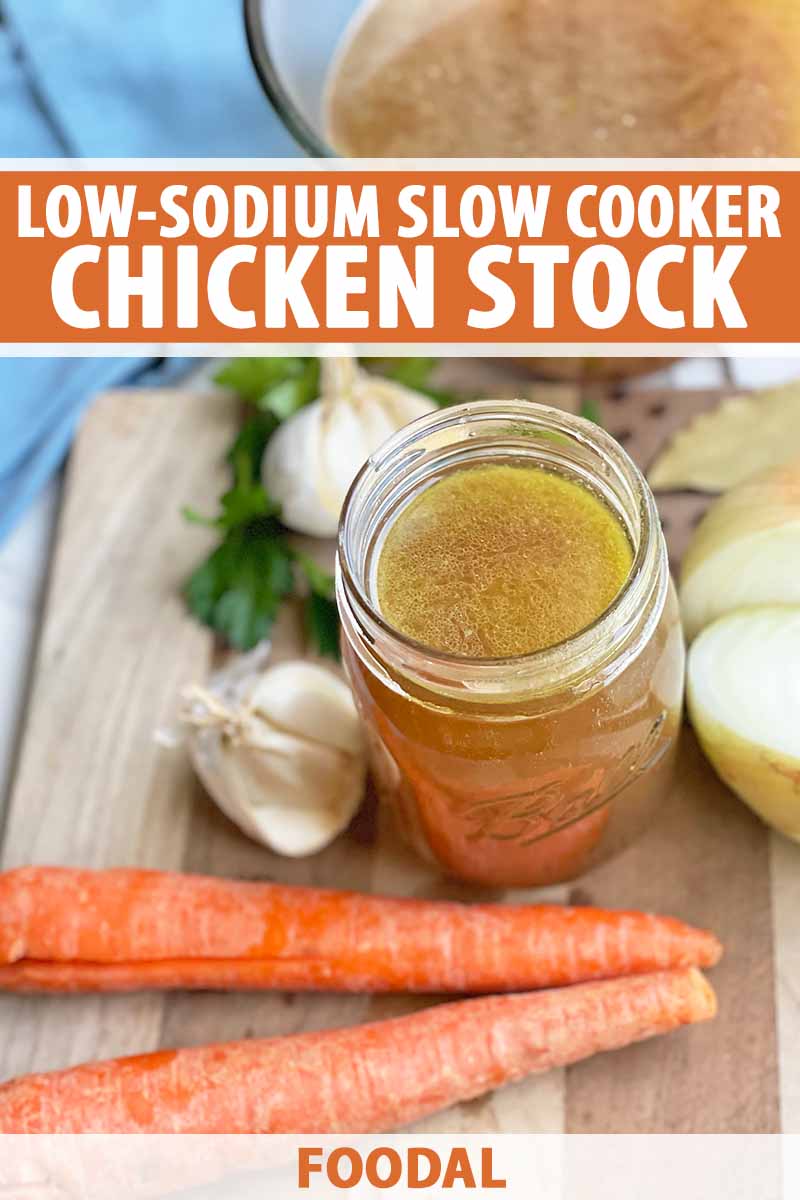
A great example: the scene in one of my all-time favorite flicks Julie & Julia which portrays both modern food blogger Julie Powell and culinary legend Julia Child simultaneously cooking recipes from Julia’s famed cookbook, Mastering the Art of French Cooking.
Which would make a perfect holiday food read for your favorite foodie, but we can discuss that another time!
Depicted in the present (well, the early 2000s), Julie taps the button of her food processor with ease, while a parallel Julia is shown vigorously mashing ingredients by hand with a mortar and pestle decades earlier.
I’m not a fan of kitchen “gadgets” per se (pretty sure I can slice my own apples and avocados, thank you very much), but some items undeniably make a home cook’s life easier. And even though slow cookers have been around since the 1940s, there’s still something about the concept of letting a machine do the work that captivates me.
You know… as I sit here in this coffee shop thinking about the spherical two-wheeled robot (dubbed Lord Farquad) that’s currently gliding around cleaning my floors at home.
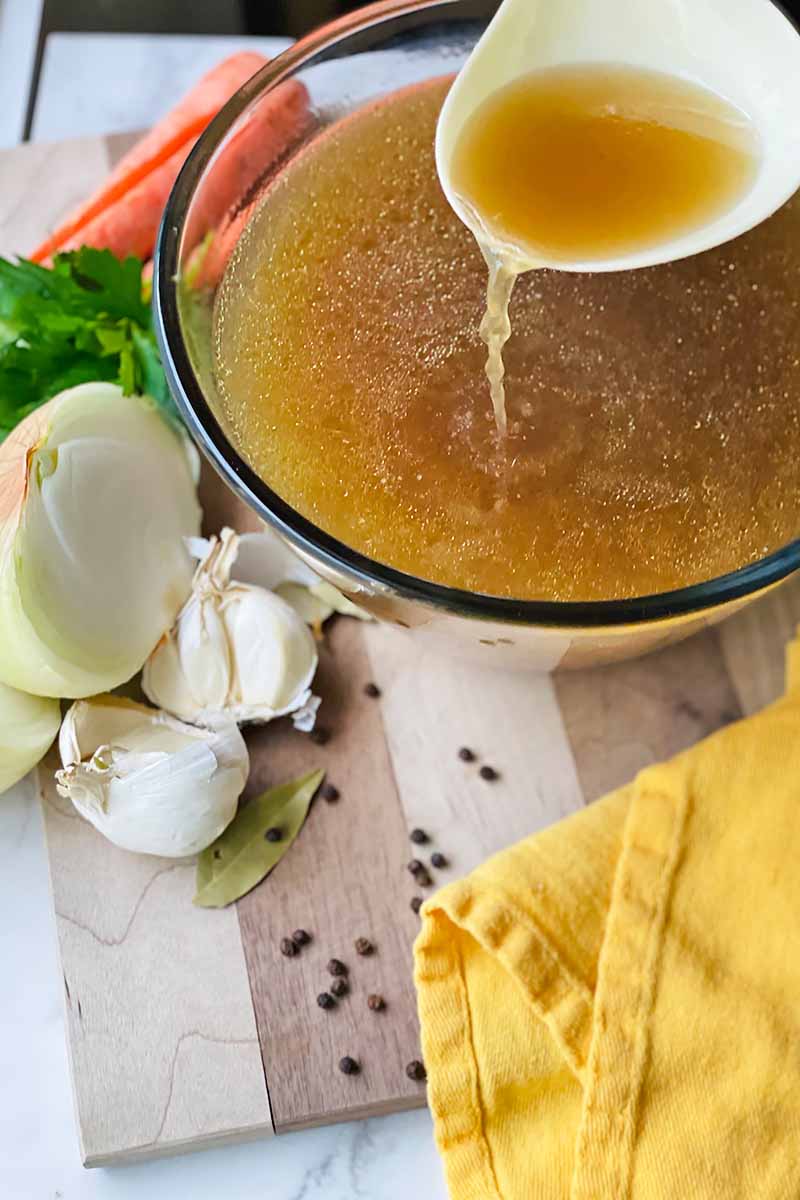
All of this is to say that whether it’s a food processor, slow-cooker, or robot vacuum, any electronic equipment that gives me more time on the couch to eat snacks and watch Grey’s Anatomy gets five stars in my book.
I’m no stranger to making homemade stock that simmers solo for hours. I’m just used to doing it the old-fashioned way: on the stove.
So the idea of plopping a pile of ingredients into a plugged-in device and forgetting about it for awhile is still a little foreign to me, but at least I don’t have to worry about my cat hopping up near a burner that’s on while I’m sleeping.
This recipe calls for at least 8 hours of cooking, though the liquid can quietly rumble away for up to a full day.
So, what did that 24-hour adventure mean for me the first time I followed this method all the way through?
I awoke to the glorious smell of a rich, comforting, chicken-y liquid that I knew was going to be absolutely packed with flavor, and just needed a quick push through a sieve to be complete.
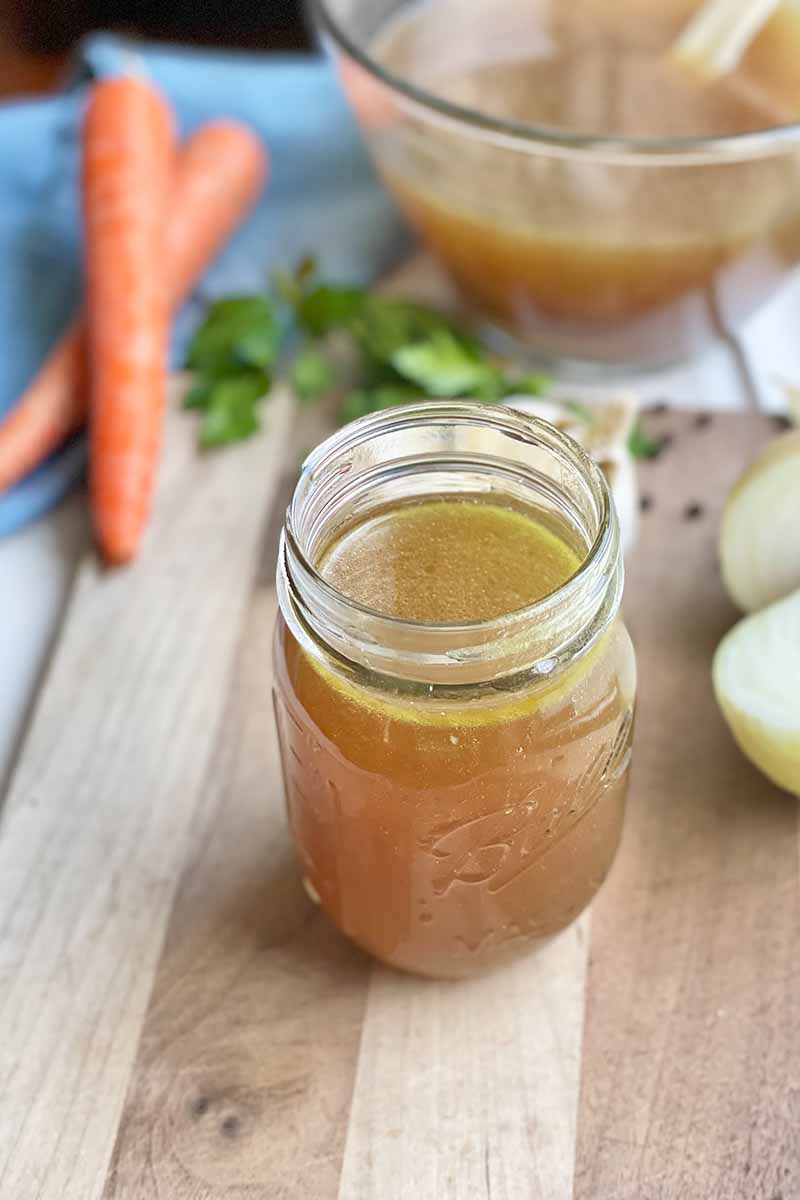
It was as if there was a robot in my kitchen all night, thoughtfully tending to the pot-stirring, skimming foam, and making sure all of the aromatics continued to bubble at a reasonable rate.
Lord Farquad, was that you out there?
This recipe also boasts the advantage of having full control over everything that’s being extracted into your stock, from the sodium level to the overall flavor.
Not even a pinch of salt is added in the cooking process, as I want the end product to be as versatile as possible for future cooking. I can adjust the salt level depending on what I’m making.
For example, if I’m using my scratch-made stock in an Asian-inspired dish that will contain soy or fish sauce, it’s important that the brininess of the base be especially subtle so the overall salt factor of the finished dish isn’t overwhelming.
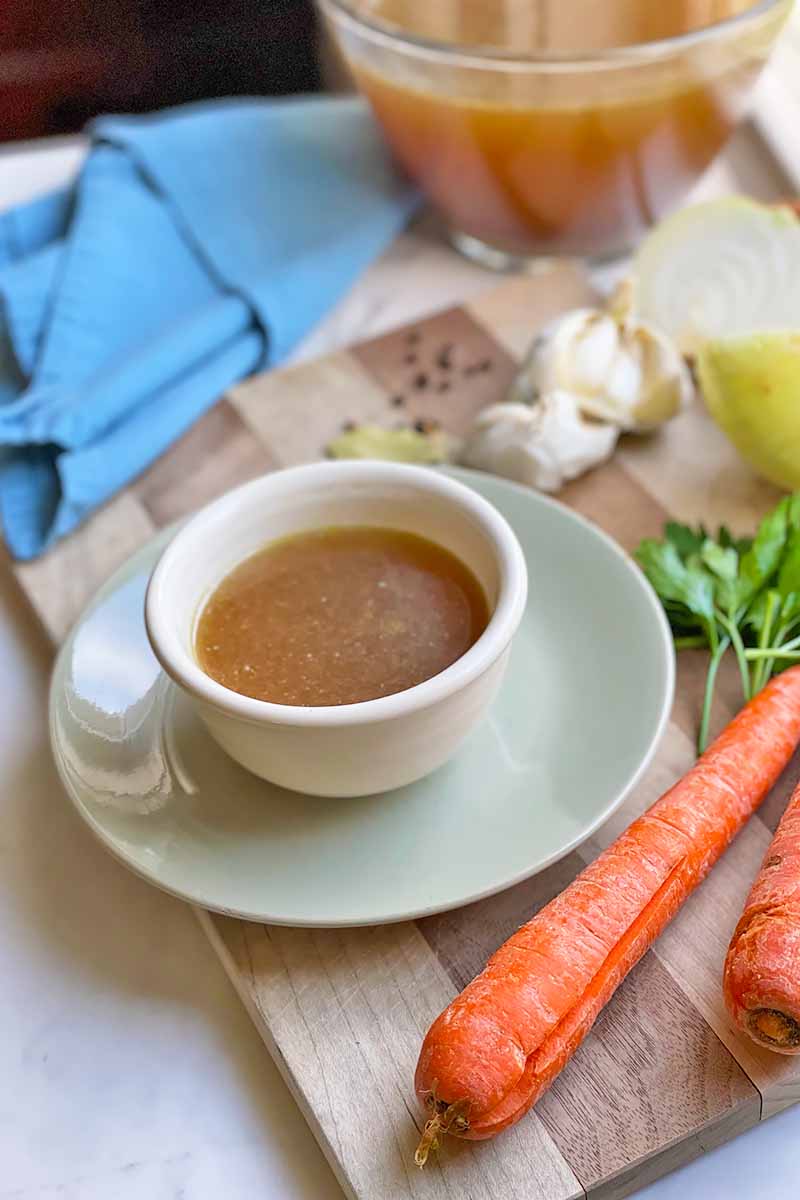
Occasionally, I slip in a knob or two of fresh ginger to add a little spiciness. The pungent root is also a superb home remedy for stomach issues, so keeping a ginger-infused stock in the freezer during cold and flu season is a secret of mine that you can absolutely steal.
There are some quality store-bought stocks on the shelves these days, don’t get me wrong. But a steadily simmered, homemade version is always more robust and – let’s be honest – overflowing with love.
The longer you let it go, the more intense the flavor becomes. All that’s required of you is some chopping, straining, and a little patience.
So go on, let your slow cooker do the work. Medical drama reruns are waiting.
Ahem… scalpel, please.
Print
Slow Cooker Low-Sodium Chicken Stock
- Total Time: 8 hours, 10 minutes
- Yield: 12-14 cups (approximately 3 quarts) 1x
Description
Made with flavorful aromatics and chicken bones, homemade stock is an intensely-flavored liquid that’s practically effortless to prepare in the slow cooker.
Ingredients
- Bones from 1 cooked 4-pound chicken
- 1 large yellow onion, roughly chopped
- 4 stalks celery, roughly chopped
- 2 large carrots, roughly chopped
- 4 large cloves garlic, peeled and smashed but still intact
- 2 teaspoons whole black peppercorns
- 2 dried bay leaves
- 1/2 cup lightly packed fresh herb sprigs (such as parsley, rosemary, and thyme)
- 12–14 cups water
Instructions
- Place the chicken bones (or carcass if it’s still whole, which will fit inside a 6-quart slow cooker) in the slow cooker insert. Scatter the onion, celery, carrots, garlic, peppercorns, bay leaves, and herbs around the bones. Add water until it covers the bones.
- Set the slow cooker to low. Cook for at least 8 hours, or up to 24.
- Allow the stock to cool to room temperature. Place a fine-mesh sieve over a large bowl and strain the liquid, pressing on any solid bits to extract as much flavor as possible.
- Divide the stock into containers or jars. Refrigerate for up to 1 week, or freeze for up to 6 months.
- Prep Time: 10 minutes
- Cook Time: 8 hours
- Category: Stock
- Method: Slow Cooking
- Cuisine: Soups and Stews
Keywords: chicken, stock
Cooking By the Numbers…
Step 1 – Prep the Chicken Bones
Separate the white and dark meat from the bones of the chicken if you haven’t already, and set these aside for another use.

Place the chicken bones or whole carcass in a 6-quart slow cooker or Instant Pot. This size cooker will fit a whole chicken up to about 5 pounds.
Any residual scraps, pieces of skin or meat, drippings, or gelatinous bits can also go straight into the slow cooker.
Step 2 – Prep the Veggies
Roughly chop the onion, celery, and carrots. Gently smash the garlic cloves with the flat side of a large chef’s knife and pinch the skin on one end to slide each clove out.
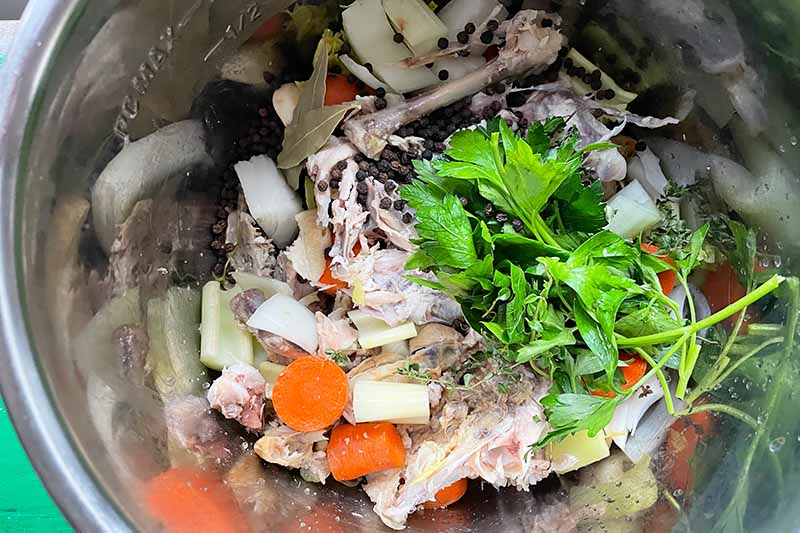
Scatter the onion, celery, carrots, garlic, peppercorns, bay leaves, and herbs around the bones in the slow cooker.
Step 3 – Add Water and Cook
Add water until it covers the bones, and set the slow cooker to low.
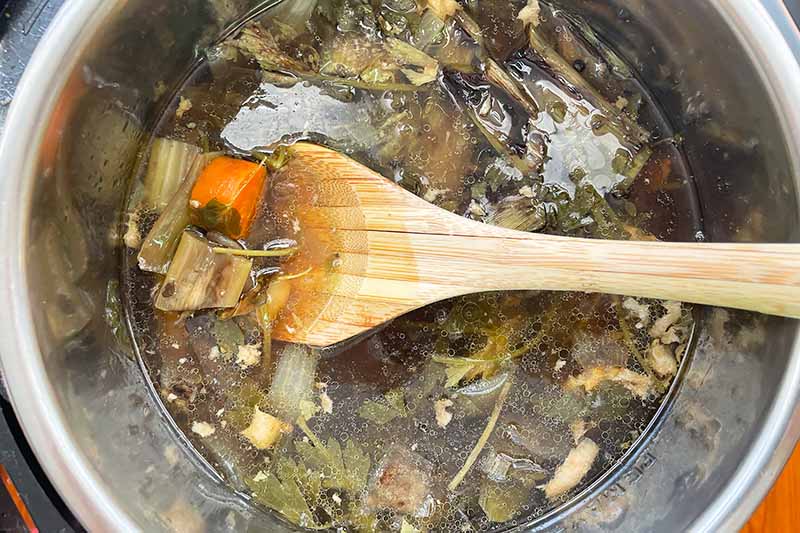
Cook for at least 8 hours, or up to 24, and then allow the stock to cool to room temperature.
Step 4 – Strain and Use or Store
Place a fine-mesh sieve over a large bowl and strain the liquid, pressing on any solid bits to extract as much flavor as possible. For a clearer broth, you can strain the stock again through a piece of cheesecloth.

If you want to skim off some of the fat, place the bowl of stock in the fridge. Once it has chilled – which could take up to several hours, depending on the temperature of the liquid – the fat will solidify and rise to the surface.
Use a spoon to skim off as much of the fat as you can. This eliminates an overly oily mouthfeel.

Divide the stock into containers or jars, put the lids on top, and refrigerate for up to 1 week or freeze for up to 6 months.
Remember that liquids will expand a bit when they’re frozen, so leave a little headspace in your containers if you plan to freeze them.
Not Just for Soups
There’s no question that homemade stock elevates soups and stews to the next level, but this recipe makes a luscious liquid that’s far more versatile than that. Here are some creative ideas for how to use it:
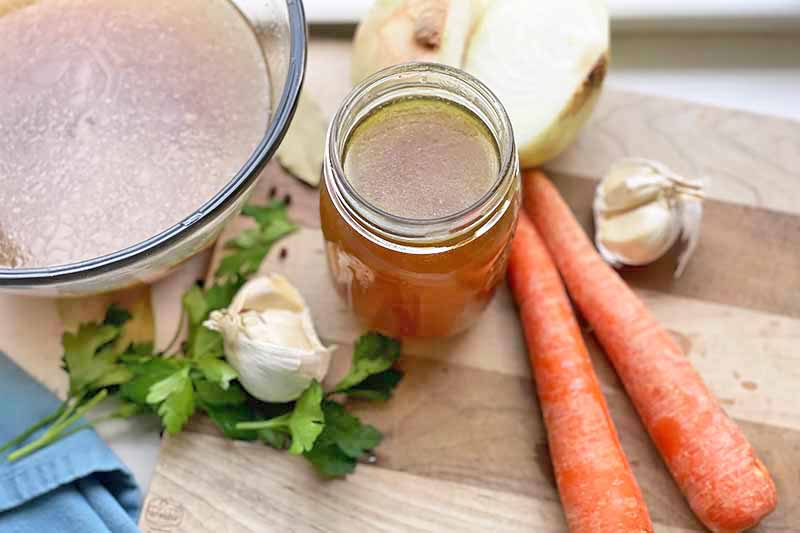
Who said rice needs to be made with equal parts water? Swap in this stock instead.
Use it to deglaze your cast iron pan when you make these lemon chicken thighs so you can scrape up every last bit of flavor from the pan.
Splash it into a microwavable mug for a satisfying midday snack that doesn’t even require utensils.
And last but not least, freeze a portion in ice cube trays so you can pop out a tablespoon or two when you need to thin out a sauce, but don’t want things to get watery.
Still on the set-it-and-forget-it train? Same. Jump on these sensational slow-cooked recipes next:
- No-Fuss Slow Cooker Chicken Pot Pie
- Slow Cooker Beef Short Ribs
- Thai Chicken Curry Made in the Slow Cooker
How will you spread the love with your homemade stock? Share your bountiful broth-inspired ideas in the comments below! And don’t forget to give this recipe a five-star rating if you loved it.
Photos by Fanny Slater, © Ask the Experts, LLC. ALL RIGHTS RESERVED. See our TOS for more details. Originally published by Jennifer Swartvagher on September 25, 2015. Last updated on November 3, 2021.
Nutritional information derived from a database of known generic and branded foods and ingredients and was not compiled by a registered dietitian or submitted for lab testing. It should be viewed as an approximation.
About Fanny Slater
Fanny Slater is a home-taught food enthusiast based in Wilmington, North Carolina who won the “Rachael Ray Show” Great American Cookbook Competition in 2014, and published her cookbook “Orange, Lavender & Figs” in 2016. Fanny is a food and beverage writer, recipe developer, and social media influencer. She was a co-host on the Food Network series “Kitchen Sink,” was featured on Cooking Channel’s longtime popular series “The Best Thing I Ever Ate,” and continues to appear regularly on the “Rachael Ray Show.”

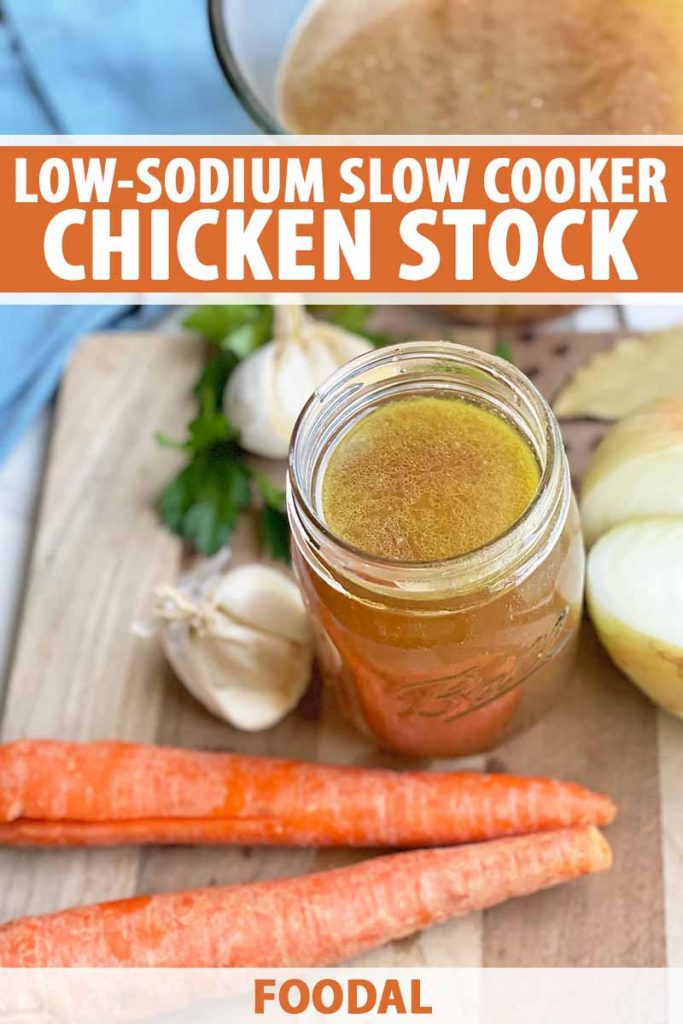



I have never made my own stock before. My family usually buys it from the store in cans or cartons. Though the flavors aren’t the same as making it from scratch.Could you make something else like beef or turkey stock the same way you do chicken? Freezing portions sounds like a good idea as well to save left overs or prepare meals in the future.
You can use this method to make all types of stock — turkey, beef, and even vegetable.
Wow I bet this is delicious! I usually just save the juice left when I roast my chickens. My mother never used the bones. I raise my own chickens, and really try to use as much of the bird as possible. Now I know what I can do with the bones.
Have you ever used rosemary with your poultry? My family seems to love it when I add just a bit to different things. They are never quite sure what it is that I added, but I will hear, “Man, what is in this?”
I will definitely give your recipe a try this weekend!
Rosemary is a great compliment to poultry dishes. l always like to add a sprig or two.
I’m a big fan of making stock – it’s such a great way to ensure that no part of the chicken gets wasted. My tip is to freeze the stock in a clean milk carton, the type which has a lid.
Yes, you can make any type of emat stock in this manner.
Genius!
I love making stock but I just make it on the stove top, don’t know why it never occurred to me just to use a crock pot.
Thank you for the easy instructions.
This looks like it should work for other stocks like beer or fish? I think so but I just wanted to ask the expert, What do you think Jennifer?
Yes, although I personally have not made fish stock, this method would work as well.
I am planning on pulling my slow cooker out of storage for the Fall/Winter, and am collecting recipes I want to make while I have it out. I’ve never made stock from scratch, and this sounds like a nice easy recipe to try. I like the idea of making it in the slow cooker, because I tend to do what you mentioned, and doze off or even wander off and get involved in another task. I want to get some of the taller round containers that restaurants put soup to go in, and those would be great to store this stock in, for the freezer.
Those containers are very useful. I wish I had a larger freezer. I use ziplock bags, which I lie own to freeze flat.
I’m so glad nothing was lost other than a good stockpot when you fell asleep! I myself am guilty of that – I actually managed to catch noodles on fire! Luckily, only a (not so good) sauce pan and a smoke detector (that I beat from the ceiling because I couldn’t reach it) were lost. I certainly learned my lesson!
Making my own stock and using as much of products as I purchase has always been an interest of mine, however I have not found myself proactive in this. Like you, my family enjoys pseudo-Thanksgiving meals roughly 3 or 4 times outside of Thanksgiving throughout the year. Turning the leftover bird bones into stock is a great way to save money throughout the year and really have that love and effort in more meals. I appreciate this article and know now that I’ll be putting this process to work in just a couple of months after the real Thanksgiving. 🙂
I usually make my own chicken stock as well. I must admit I just use a pot and cook it on the stove. I must try the slow cooker method soon. I find this site so informative thank you for the many helpful as well as fun interesting tips.
I like to make stock too but since we don’t consume much meat, making it take a while to collect enough bones, so I’ll usually make vegetable broth if I make it myself. I do collect some raw chicken bones from making raw dog food for my pup. I have been sticking them in the freezer, along with vegetable scraps and parmesan cheese rinds, for later use in stocks. Could this recipe be modified to be a bone broth? Should I roast the bones before putting them in the crock pot or leave them raw and increase the cooking time?
Yes, you can adapt this recipe to make bone broth as well. I would recommend roasting the bones first.
Usually when I cook anything that requires a stock I go to the store and buy an already prepared version. For me, I never even considered the possibility of creating my own chicken stock. I wonder if a homemade stock has more advantages over a store bought version…Either way, I definitely want to try making it at least once. Can I also make other types of stock with this method or is this strictly for chicken stock only?
Store bought stock works just as well in recipes. I even add it to my homemade if I need extra. I have found that the homemade variety is richer in flavor than store bought.
You can make stock from any meat or fish as well as vegetables.
I can’t believe I happened across this! I was just telling my husband yesterday that I use too much stock and I need to start making my own. What an odd coincidence! You’re quickly becoming my go-to for recipe ideas!
I recently purchased one of these, and apart from the occasional curry, I haven’t been sure how to fully utilise it. This stock recipe looks like a perfect simple way to expand my use, and a great starter for my Sunday meals with the in-laws.